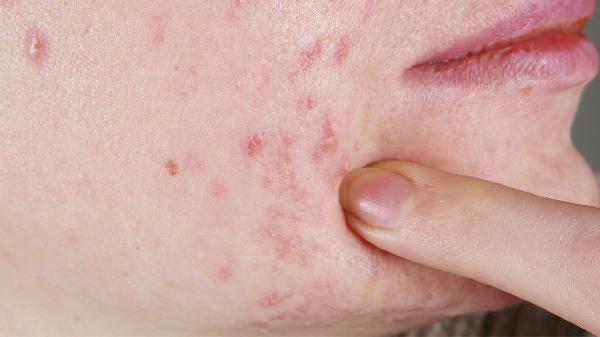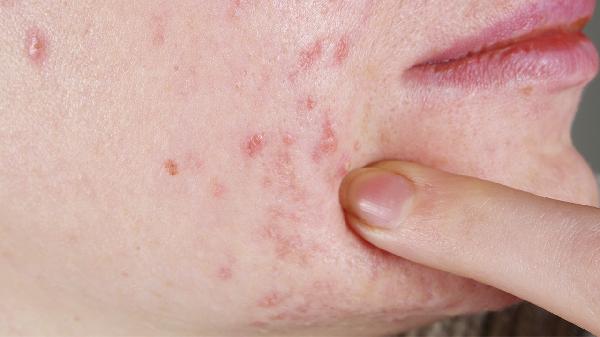Flour, a common ingredient in the kitchen, can actually be the "culprit" of allergies? It sounds a bit unbelievable, but it's true. Flour allergies are not rare, especially among children and teenagers. So, why does seemingly harmless flour trigger allergic reactions? Let's delve into it.
1. Proteins in flour are the main allergens
Flour contains various proteins, with the most prominent being gliadin and glutenin. These proteins may be mistakenly identified as "invaders" by the immune system, triggering allergic reactions. The immune system releases large amounts of chemicals like histamine, leading to symptoms such as itchy skin, redness, and difficulty breathing.

2. Genetic factors cannot be ignored
Allergic tendencies are often hereditary. If one or both parents have a history of allergies, the risk of a child developing a flour allergy increases significantly. Genetic factors determine the sensitivity of the immune system, making some people more prone to allergic reactions to specific substances.
3. Environmental factors exacerbate allergic reactions
In modern living environments, external factors like air pollution and chemicals can worsen allergic reactions. Long-term exposure to polluted environments can make the immune system more sensitive, causing it to overreact to otherwise harmless substances. Tiny particles of flour in the air can be easily inhaled, triggering respiratory allergies.
4. Additives during processing
Flour may have chemicals added during processing, such as bleaching agents and preservatives. These additives themselves can trigger allergic reactions, especially in people sensitive to chemicals. Additionally, other allergens like nuts or soy may be mixed in during processing, further increasing the risk of allergies.
5. The relationship between dietary habits and allergies
Flour products make up a large portion of modern diets. Long-term, high consumption of flour products may lead to a decreased tolerance in the immune system, triggering allergic reactions. Especially with refined flour, its lack of nutritional diversity can affect the normal function of the immune system over time.
6. The link between gut health and allergies
The gut is the body's largest immune organ, and the balance of gut microbiota is crucial for the normal functioning of the immune system. Long-term unhealthy eating habits, such as high sugar and high-fat diets, can disrupt the balance of gut microbiota, leading to immune system dysfunction and increased allergy risk. Certain components in flour may affect gut microbiota, further exacerbating allergic reactions.
7. The diversity of allergic reactions
Flour allergies can manifest in various ways, including skin symptoms (like eczema or hives), respiratory symptoms (like asthma or rhinitis), and digestive symptoms (like abdominal pain or diarrhea). Different individuals may have different allergic reactions, with varying severity. Some may have mild reactions, while others may face life-threatening situations.
8. The importance of diagnosis and treatment
If you suspect a flour allergy, seek medical attention for a professional diagnosis. Doctors may use skin prick tests or blood tests to identify allergens. Once diagnosed, avoiding the allergen is the most effective preventive measure. In necessary cases, doctors may prescribe antihistamines or epinephrine injections to manage severe allergic reactions.
While flour allergies are not common, they should not be overlooked. Understanding the underlying causes helps us better prevent and manage them. If you or someone you know has similar symptoms, consider exploring potential allergens from dietary, environmental, and genetic perspectives, and take appropriate measures promptly. Health is no small matter; paying attention to every detail in life is key to protecting your own and your family's well-being.
























